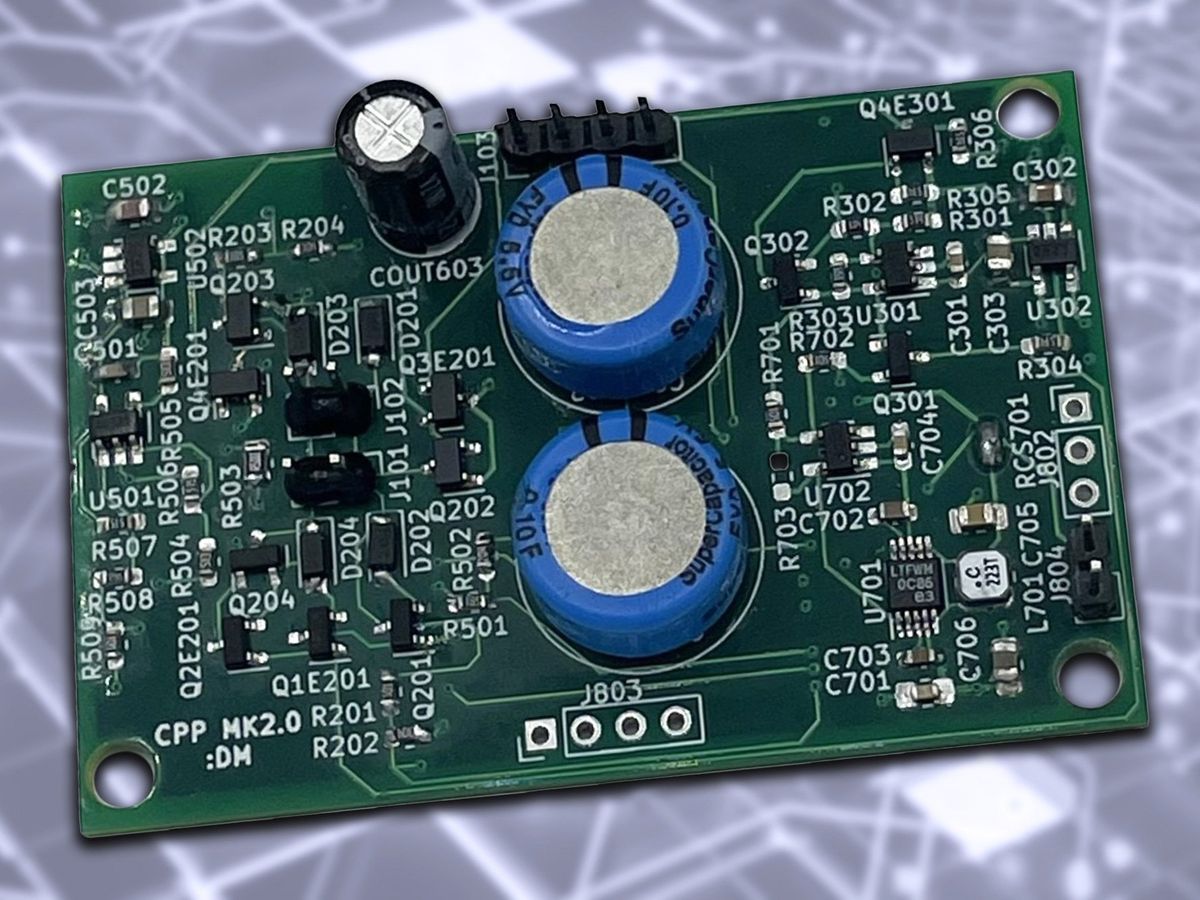This article is part of our exclusive IEEE Journal Watch series in partnership with IEEE Xplore.
Carmakers can lose as much as US $22,000 per minute when manufacturing lines go down. Internet of things (IoT) devices could help with that by detecting equipment problems before they happen, drastically lowering maintenance costs. But supplying these devices with power is an issue that’s preventing their wider adoption. Now researchers from MIT have created an easy-to-install energy harvester that converts the magnetic field around ordinary wires into stored energy to power self-sustaining IoT devices.
A lot of IoT equipment monitors run on batteries, but many industrial settings don’t want batteries due to the risk of fire and the cost of replacing worn-out batteries. Replacement is especially difficult if the equipment is located in remote locations, like a ship or a windmill.
That’s the motivation behind the MIT research, published in the January issue of IEEE Sensors Journal. It builds off a decade of work from MIT professor Steven Leeb’s research lab and lays out a blueprint for building reliable and resilient energy-management systems for IoT devices.
The energy harvester is clamped around a wire carrying current, and uses electromagnetic induction to harvest energy from the magnetic field produced by the current. The energy is then stored in capacitors in the IoT device, freeing it from the grid and from batteries.
Just scavenging energy isn’t enough, according to Leeb’s research. Too often, he says, IoT devices are built optimistically: Designers assume that IoT devices will always be taking in enough energy to operate over the life of the sensor and that they will never face situations where they completely run out of energy and need to be restarted.
“It’s the optimistic version, where everything is going to be fine,” Leeb says. “Our experience is that it’s not. So then the question is, then what?”
Energy-management algorithms
Researchers found that the solution lies in using an energy-management system to carefully balance the needs of the energy harvester with the needs of the sensor. The system executes algorithms that determine when energy harvesting or data collection should be prioritized.
The specific decisions that an energy-management system’s algorithms make will depend on the application. A sensor that monitors the health of a motor by measuring its vibrations, for example, may need to prioritize data collection at specific times, such as during motor spindown cycles—even if doing so may significantly deplete the IoT device’s stored energy.
“There may be emergency times when you have to have the information and other times when it’s better to let it harvest [energy] for a while,” says Leeb. “We can live without the information for a little while, and we’d rather ensure availability when we do need it.”
And if an IoT device runs out of power completely, the energy-management system should have a way to perform a “cold start” once enough power has been harvested. The researchers’ prototype is able to do this because no power is needed to harvest magnetic energy; the device can continue to build up energy even after its capacitors are empty. Coauthor Eric Ponce, who now directs research and development at a company that makes electric motors, said cold-start capability is especially important for building reliable IoT systems, because it ensures that running out of power won’t mean the device is “dead forever.”
The researchers found that cold-start capabilities and algorithms that properly prioritize energy harvesting and data collection were key to resilient IoT systems. They developed additional design guidelines as well, and they hope that other developers will be able to use their work as a blueprint and adapt it to their own specific applications. The guidelines can apply to any IoT device, regardless of the energy-harvesting method or sensor type.
Aatmesh Shrivastava, assistant professor of engineering at Northeastern University, who was not involved in the study, says that this research advances IoT technology. One of the biggest challenges in the self-powered IoT space is the gap between the energy supplied by typical energy harvesters and the energy needed to power a device, he says. An energy-management system “is a critical piece in making self-powered IoT systems possible,” says Shrivastava.
- Popular Internet of Things Forecast of 50 Billion Devices by 2020 Is ... ›
- Electronic Noise Is Drowning Out the Internet of Things - IEEE ... ›
- The Industrial Internet of Things - IEEE Spectrum ›



